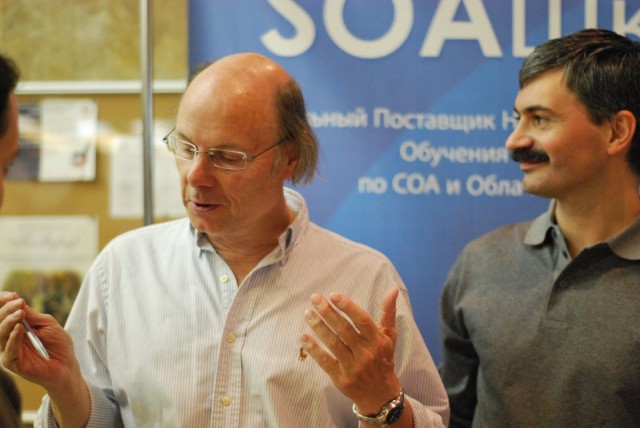A number may be represented as a continued fraction (see Mathworld for more information) as follows:
The task is to write a program which generates such a number and prints a real representation of it. The code should be tested by calculating and printing the square root of 2, Napier’s Constant, and Pi, using the following coefficients:
For the square root of 2, use a0 = 1 then aN = 2. bN is always 1.
For Napier’s Constant, use a0 = 2, then aN = N. b1 = 1 then bN = N − 1.
For Pi, use a0 = 3 then aN = 6. bN = (2N − 1)2.
#include <iomanip> #include <iostream> #include <tuple> typedef std::tuple<double,double> coeff_t; // coefficients type typedef coeff_t (*func_t)(int); // callback function type double calc(func_t func, int n) { double a, b, temp = 0; for (; n > 0; --n) { std::tie(a, b) = func(n); temp = b / (a + temp); } std::tie(a, b) = func(0); return a + temp; } coeff_t sqrt2(int n) { return coeff_t(n > 0 ? 2 : 1, 1); } coeff_t napier(int n) { return coeff_t(n > 0 ? n : 2, n > 1 ? n - 1 : 1); } coeff_t pi(int n) { return coeff_t(n > 0 ? 6 : 3, (2 * n - 1) * (2 * n - 1)); } int main() { std::streamsize old_prec = std::cout.precision(15); // set output digits std::cout << calc(sqrt2, 20) << '\n' << calc(napier, 15) << '\n' << calc(pi, 10000) << '\n' << std::setprecision(old_prec); // reset precision }
- Output:
1.41421356237309 2.71828182845905 3.14159265358954
Content is available under GNU Free Documentation License 1.2.




































